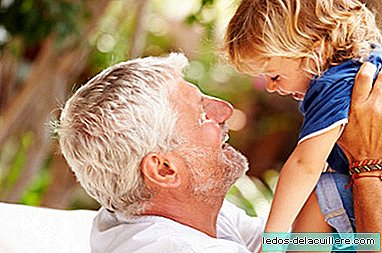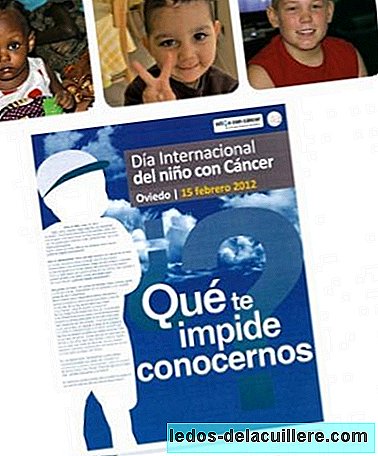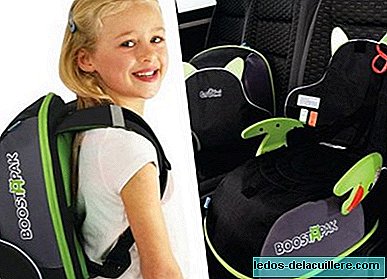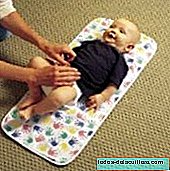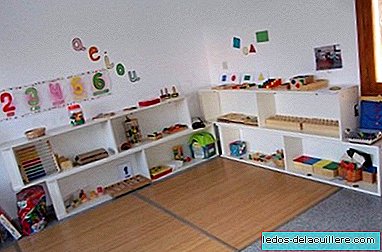
We continue with our interviews, on the way back to school, about how the ideal school would be and today we are going to interview Patricia Vidal Calduch, teacher of Infant Education and Physical Education.
Patricia Vidal has extensive experience in Montessori active schools in Germany and is the creator of the Espacio para Crecer active school (in Almería). She is currently a student of training in White Pedagogy.
What would the ideal school be like?
The ideal school would have to adapt to the real needs of children, making them the protagonists of their learning.
You should respect their rhythms and prioritize their interests and motivations, in a space of security and constant growth. An open, flexible, close and inclusive school that does not restrict interest and innate curiosity to learn. It would be a creative environment that respects the personality and potential of each child. The ideal school must promote an integral education and an integral and experiential learning, for this it is necessary to create open spaces, in contact with nature and prepared environments, with a great variety of manipulable materials, to favor that development.
And about your emotions and self-esteem?
The ideal school reinforces personal awareness and self-esteem instead of fostering competitiveness. Where the groups are heterogeneous, with children of different ages and the teacher accompanies the children's learning processes. In short, an environment where children live their lives with enthusiasm and passion. That facilitates its development as critical, creative, enthusiastic, tolerant, flexible, enterprising people, with capacity for analysis and own initiative, respectful of others and with the natural environment, individually different. A school where society, families and education professionals cooperate in a common project.
School and life must go together.
In what fundamentally fails the education system?
The education system was created at a different time to respond to different challenges than today.
Students cannot be educated with the same methods of the last century, since the world is changing at a dizzying pace, we find many schools that continue to resort to methodologies inherited from the 19th century: homogeneous groups, closed curricula and not focused on the interests of the child, promotion of competitiveness versus collaboration, disregard for individual diversity, authoritative figure of the teacher, artificial separation between the real world and the academic.
Is there too much pressure for the results?
Obsession with the result, I would say. From an early age, children are under a lot of stress. The tension of measuring oneself with others and those who endure for a suspense is a drama in their life and generates a lot of anxiety since they are little. That tension begins with the low family-work reconciliation. Families have little time to be with their children. Since babies have to go to nursery schools where there is enormous pressure to advance formal learning, far from reinforcing their willingness to learn children have to make chips and more chips with no meaning. Children have to learn in the same way and at the same pace. In primary memorization, exams, homework, many rules, little game, notes ... What happens that children reach secondary school with low motivation and self-esteem. They have not discovered what they are good at, they do not know what their talents are.
Is learning compatible and freedom to choose to learn or should everything be imposed?
It is certainly compatible. Learning is a vital function of every living organism. The process of learning begins within the person as a response to a basic, biological need, and is not a process of external conditioning from outside to inside. Therefore one learns what one is interested in, not what is imposed. Therefore, each learning is an individual process. You could say that it is a journey from the inside out.
Does every learning start from the spontaneous need to know but does it happen differently in each individual?
Children learn in many different ways. Therefore, I believe that it is not necessary to impose on children a set of established knowledge that each one has to learn, much less how to do it or when. What you learn for yourself remains in one for a lifetime. When a child discovers something for himself, the neural connections that this creates are richer, complex, and stronger than those produced by simple memorial learning. That is why what you learn is important, but much more important is how you learn.
Have you been able to implement all this in Space to Grow?
In our school, the protagonist of learning is the child himself, his interests and his development needs. This active process, richer and more complex, leads to stronger knowledge because they make sense to the child. In addition, they are interconnected and non-fragmentary knowledge. Children do not learn isolated data. This way of learning respects the natural curiosity and creativity of children, which will preserve them throughout their lives.
What is the key to learning motivation?
Personal motivation can come from the freedom of choice in learning, from natural development in the appropriate environment and adapted to personal needs, to the creation of spaces that respond to the demands of each child. Always in a cozy and emotional environment and environment in which the child is safe. Parents and educators have to help the child discover their potential, to choose what their domain is, what they like, what they are passionate about and to make it easier for them to explore, learn and motivate them.
How is the motivation to learn really born?
The motivation to learn appears spontaneously when children are facing real situations: when they have to solve a problem that affects them, when they have to find a solution, when they are faced with a problem that concerns them or concerns them, then they learn to solve problems in the Real world and not in the exercise book.
Children learn from what interests them, from what is in their closest world, from what is related to them.
Tomorrow we will continue talking to this exceptional teacher, Patricia Vidal, which will discover the changes necessary to improve the education system and be what our children deserve.


